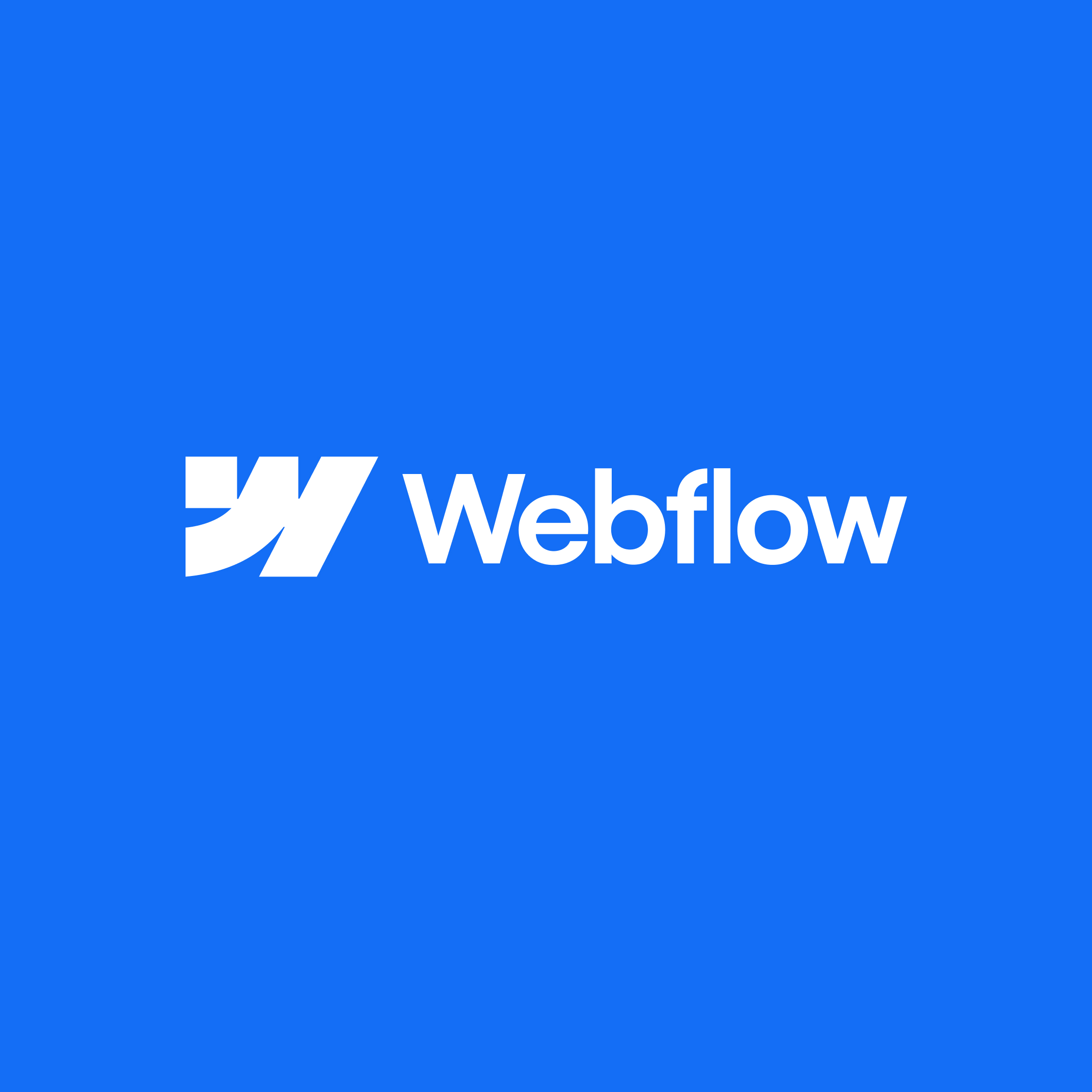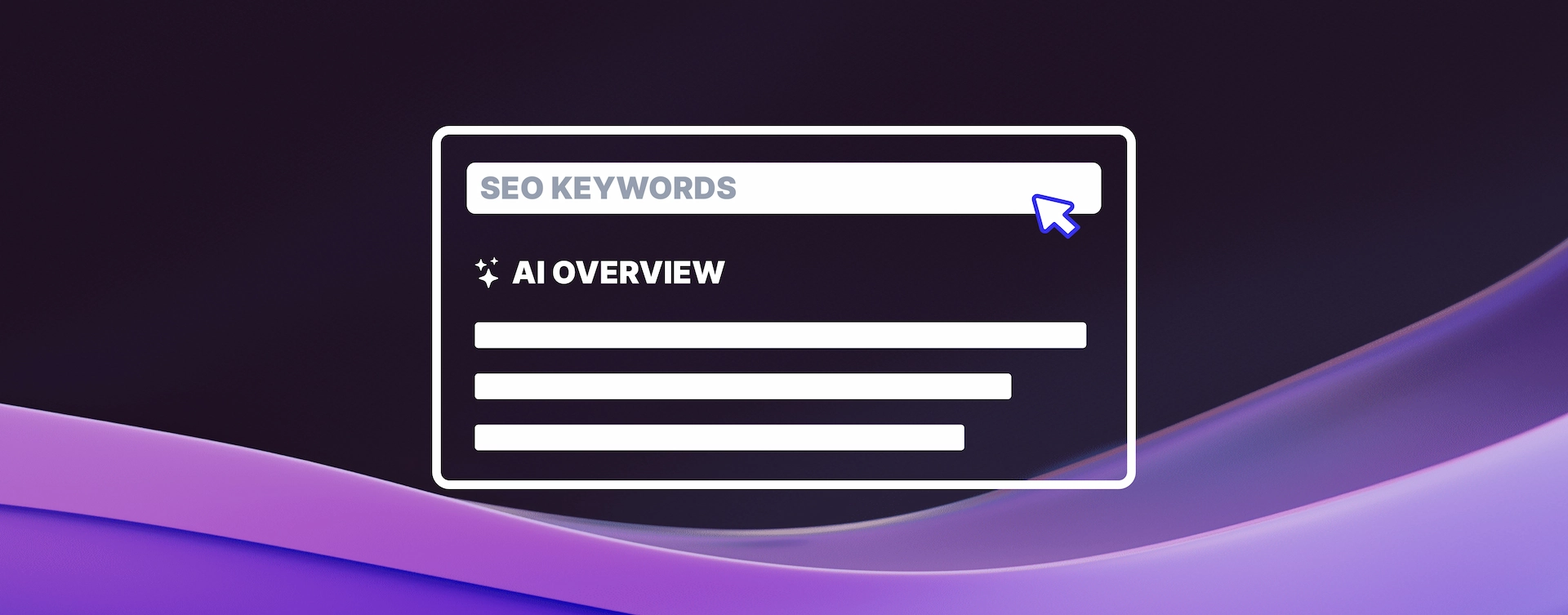We tested seven AI image tools so you don’t have to
A lot of our clients have been asking about AI image generation lately. Can it deliver agency-level visuals? What are the risks and limitations? How can you actually use it well, without ending up with extra hands or missing pants?
We’re curious too, because the tech is moving fast and the tools are multiplying. It’s hard to know where to start or what to expect. So we decided to get our hands dirty and find out for ourselves.
We tested seven leading AI models
We choose a range of AI image generation tools to test:
- Midjourney
- Gemini
- Firefly
- ChatGPT
- Envato
- Recraft
For each of these, we used five prompts to generate sets of images across each platform to see how they held up. Our goal wasn’t to decide on a single winner, but to learn what each tool does well, where it falls short, and how usable the results actually are for real client work. Take a look at the prompts and images we generated.
Early results were surprisingly close
With our first prompt, things looked fairly promising across the board. Most platforms generated decent results, with Midjourney, Recraft, and Krea standing out for their more realistic, textured, and nuanced visuals. Even ChatGPT, Envato and Gemini held up at this stage, though they had that unmistakable ‘AI sheen’ with overly smooth lighting, plastic-looking skin, and unnatural detail.
The prompt
Create a hyperrealistic image of a modern professional office setting. Two professionals, one male and one female, are sitting side by side at a sleek, minimalistic desk. They are both in business attire, the male in a dark suit and tie, and the female in a business blazer. A high-end laptop is open on the desk, displaying a business presentation. The atmosphere is clean and polished, with natural light coming through large windows, highlighting a contemporary, stylish office with glass walls and subtle green plants in the background. Both professionals are engaged in a conversation, with the female speaking and the male listening attentively. The setting should evoke a sense of focus and collaboration.
 Midjourney
Midjourney
 Gemini
Gemini
 Firefly
Firefly
 Geeps
Geeps
 Envato
Envato
 Recraft
Recraft
 Krea
Krea
Then things started getting messy
By the time we moved onto our second prompt, things started to unravel. Firefly quickly lost the plot, generating content that ignored the brief or spiralled into visual chaos. Gemini, Envato, and ChatGPT remained consistently ‘AI-looking’, unable to shake that synthetic, overly rendered quality.
It became clear that while some models could deliver nice results in simple scenarios, only a few could take direction, stay consistent, and handle layered prompts without falling apart.
The standout was Krea
Krea emerged as our top performer. It felt more dynamic, more responsive to creative direction, and more capable of generating realistic imagery that doesn’t scream AI. That said, it’s not flawless. Like all the others, it still struggles with things like hands, limbs, and intricate object interactions. But it’s a frontrunner we’ll be watching closely.
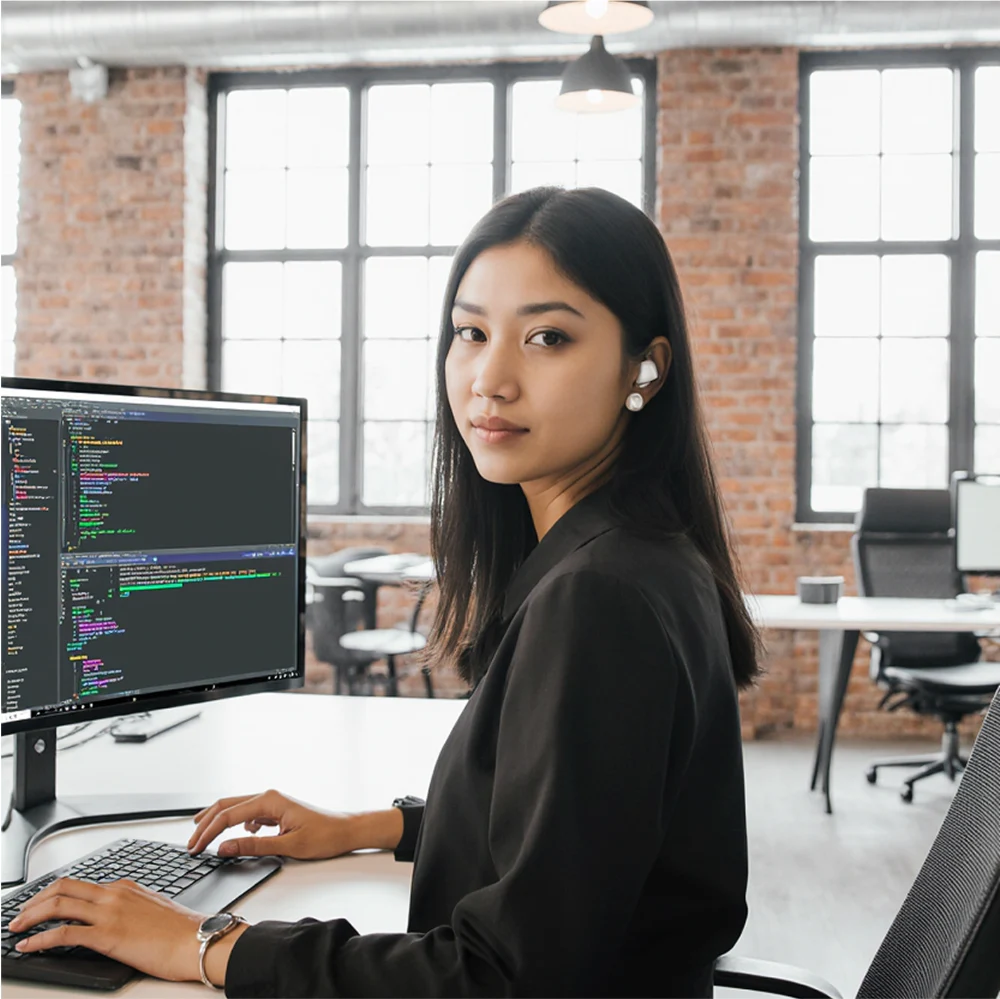

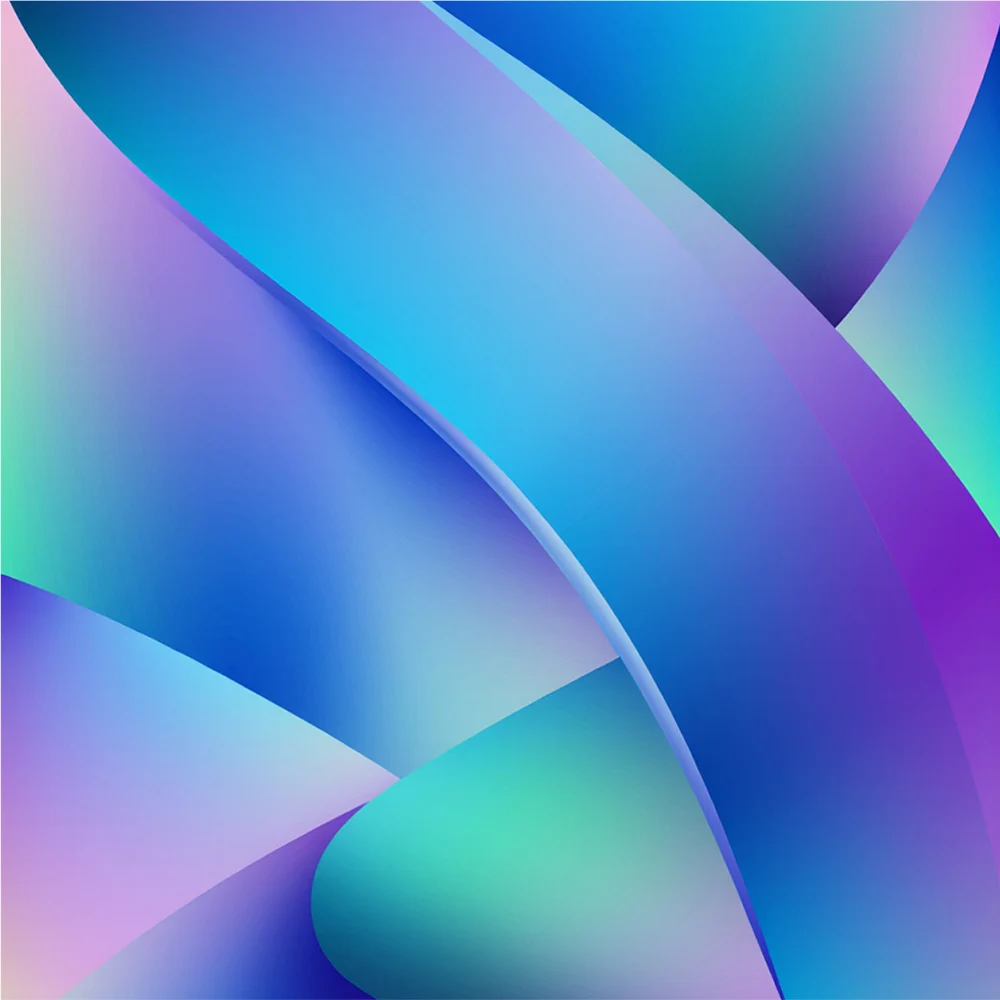
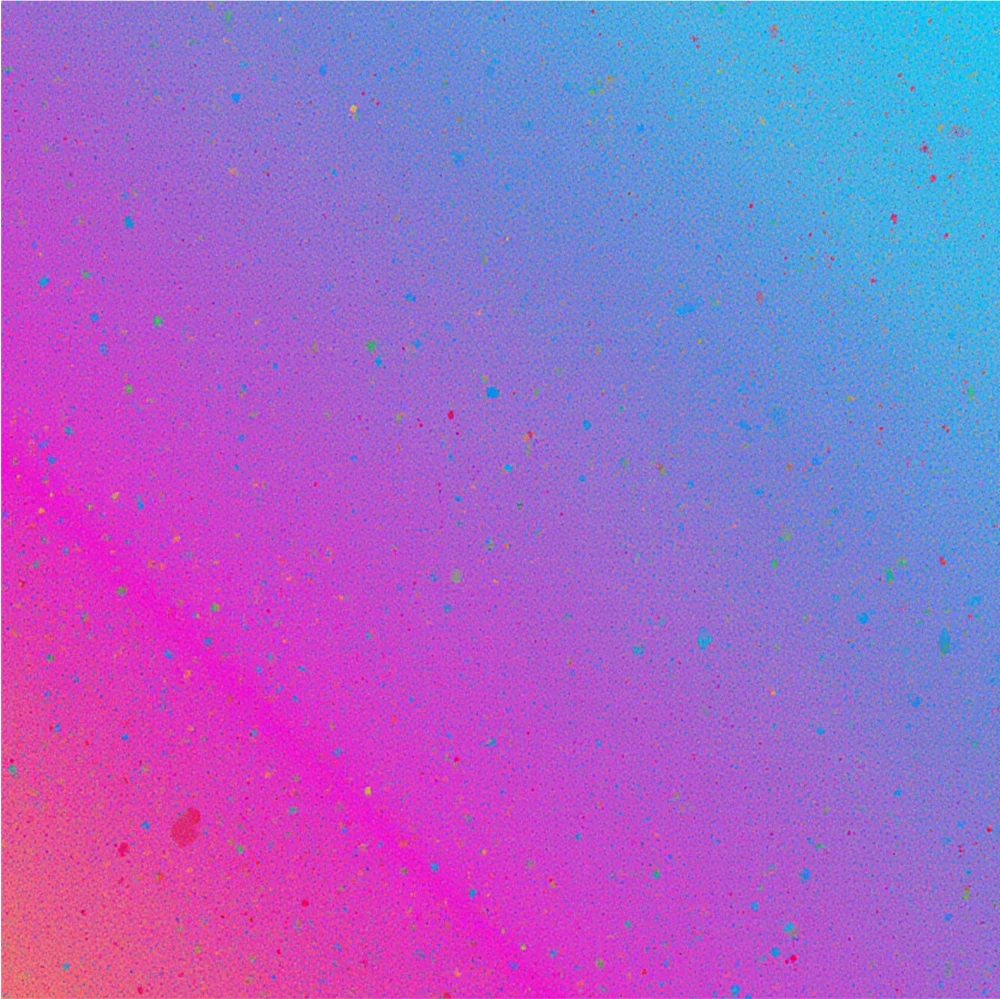
What does this mean for your business?
If you’re an organisation or marketing team, thinking about AI image generation, here are our honest, experienced-backed takeaways:
1. AI imagery can speed up ideation and prototyping
Want to test a campaign concept, mock up a scene or visualise a vibe? AI tools can be great for this because they’re fast, cheap, and surprisingly effective for early creative thinking.
2. Most outputs still need refinement
Very few results are ready-to-publish. You’ll often need human oversight, editing, and retouching to make images truly production-ready.
3. Direction is important
The more specific and thoughtful your prompt, the better your result. Generic inputs deliver generic outputs. AI doesn’t (yet) read between the lines.
4. Not all tools are created equal
Some platforms (like Krea and Midjourney) are miles ahead in usability, style and flexibility. Others are good for rough drafts, but not much more (at the moment).
5. Quality varies dramatically by subject
AI is still learning how to represent diverse people and real-world complexity. It’s stronger with abstract, stylised or fantasy images than with realistic human scenes.
6. You need a critical eye
It’s easy to be wowed by AI imagery. But if you look closely, you’ll often find odd shadows, warped proportions, or implausible detail. Not every result is website-ready, even if it looks impressive at first glance.
Using AI image generation as a creative tool, not a replacement.
AI won’t replace designers or photographers anytime soon. But it can extend your creative capabilities if you treat it as part of your toolkit.
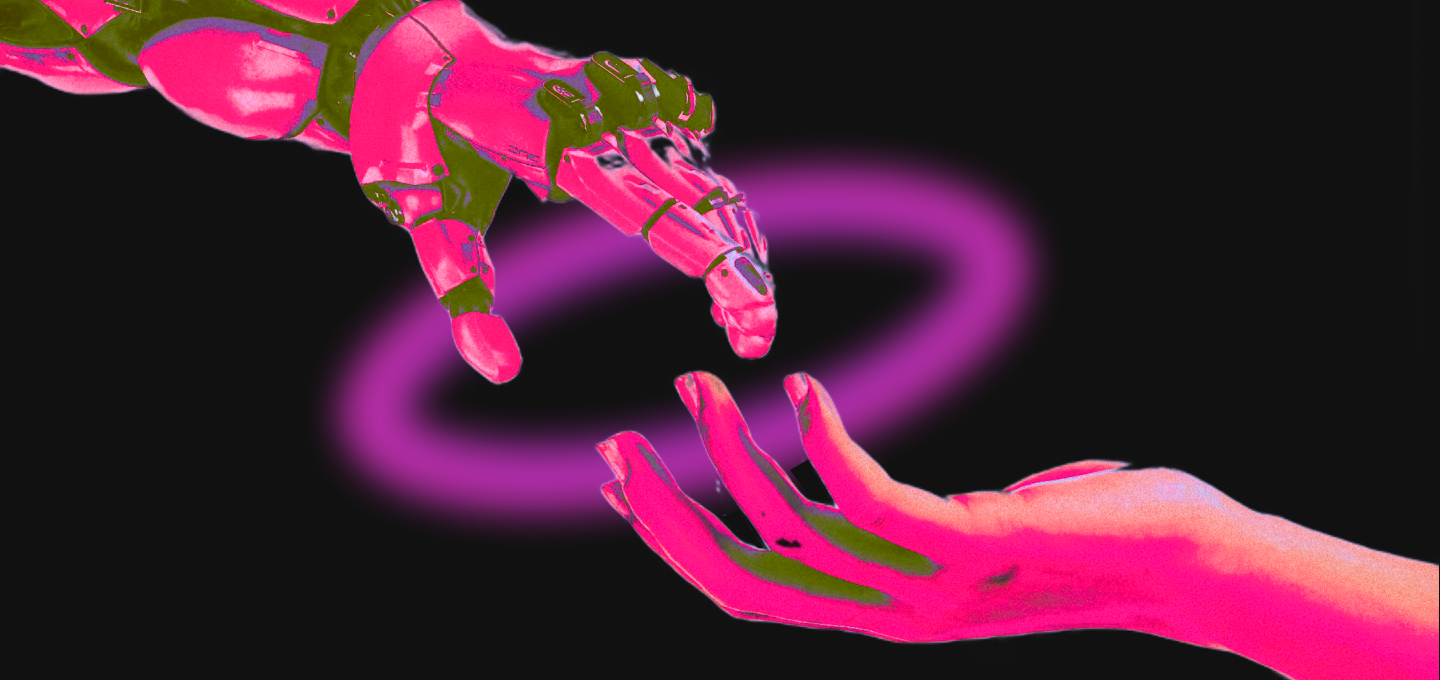 Our advice is use it to:
Our advice is use it to:
- Explore visual ideas quickly
- Develop moodboards or mockups
- Generate references or filler content
- Speed up experimentation
Just make sure you’re also:
- Staying critical
- Prioritising authenticity and brand alignment
- Using tools with transparent licensing and ethical practices
We’re excited about the creative potential here, but we’re also wary of the hype. Our testing shows there is usable output out there, but it takes effort, experimentation, and good judgment to get it.
If you want help navigating the tools, building ethical creative workflows, or combining AI with great human design – that’s what we do. Drop us a line. We’re always up for sharing what we’ve learned (and saving you from extra limbs in odd places).
